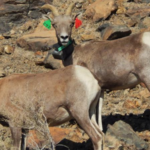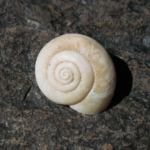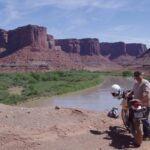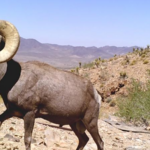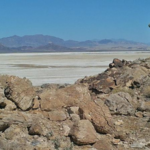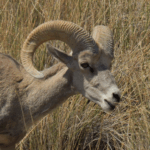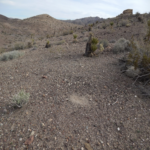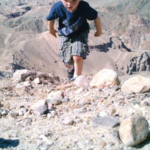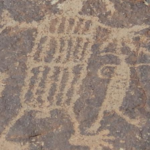
Treasure in the desert: Petroglyphs
The desert is full of all kinds of treasures, gold, silver, and other rare elements. Even water in the desert can be considered a treasure and the source of immense wealth. One of the greatest treasures that we have in the desert is art, and we can truly call this


